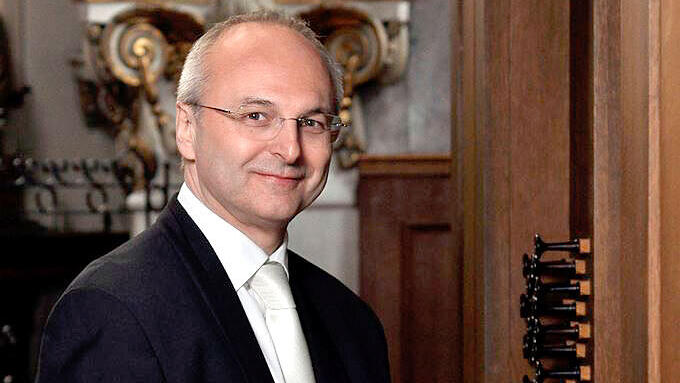This “fantasizing” enables quick reactions to the passage of time, especially in relation to the liturgy. But it is also the great art of inventing music from the most varied of epochs and characters appropriately and apparently off the cuff.
Johannes Ebenbauer, who played the first “organ music for teatime” in the Brucknerhaus on Sunday, went on stage at his concert not without knowing what he was going to do in the next hour. Rather, he coordinated and planned his two large improvisations harmoniously with the program. After the great prelude in E minor by Nicolaus Bruhns, the Viennese master organist and director of the Institute for Organ, Organ Research and Church Music let off steam in the vast fields of baroque music. He opened his “Suite” with a brilliant overture in the French style and used various typical compositional techniques up to the finely invented polyphony.
Esoteric to brilliant
The second free improvisation, which is very personal in style, spanned the range from the almost esoterically reduced sound of delicate register combinations to the brilliantly virtuoso toccata, which made full use of the possibilities of the instrument. This was also done by the impressively played “Fantasy and Fugue”, Max Reger’s last organ work.
Brucknerhaus: Organ music at teatime, January 9th
Source: Nachrichten




